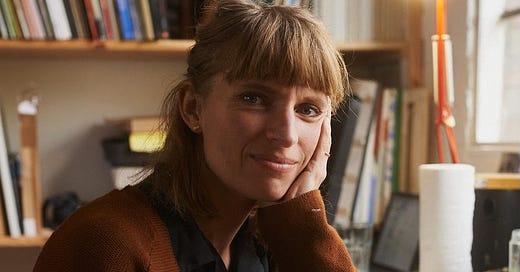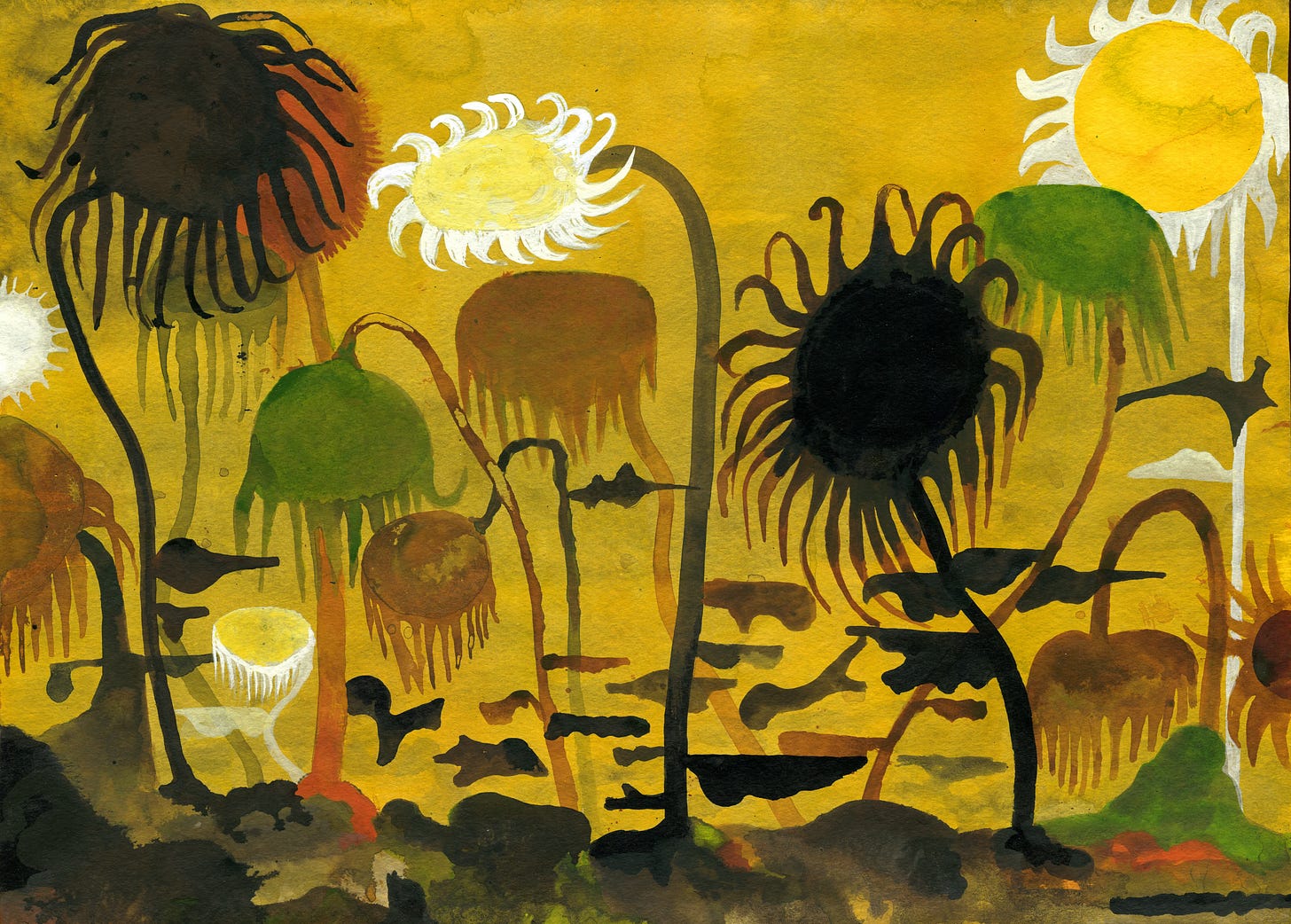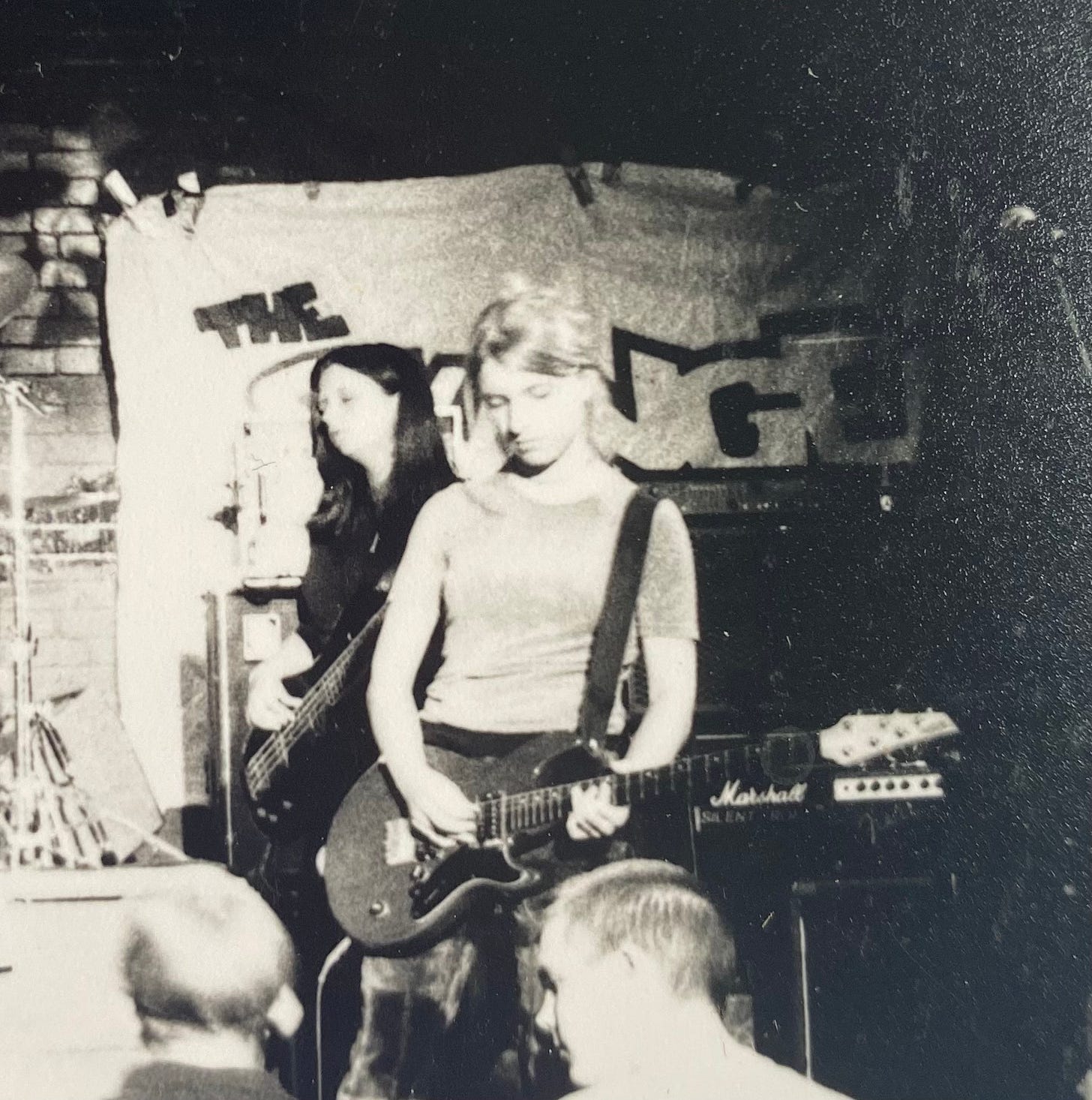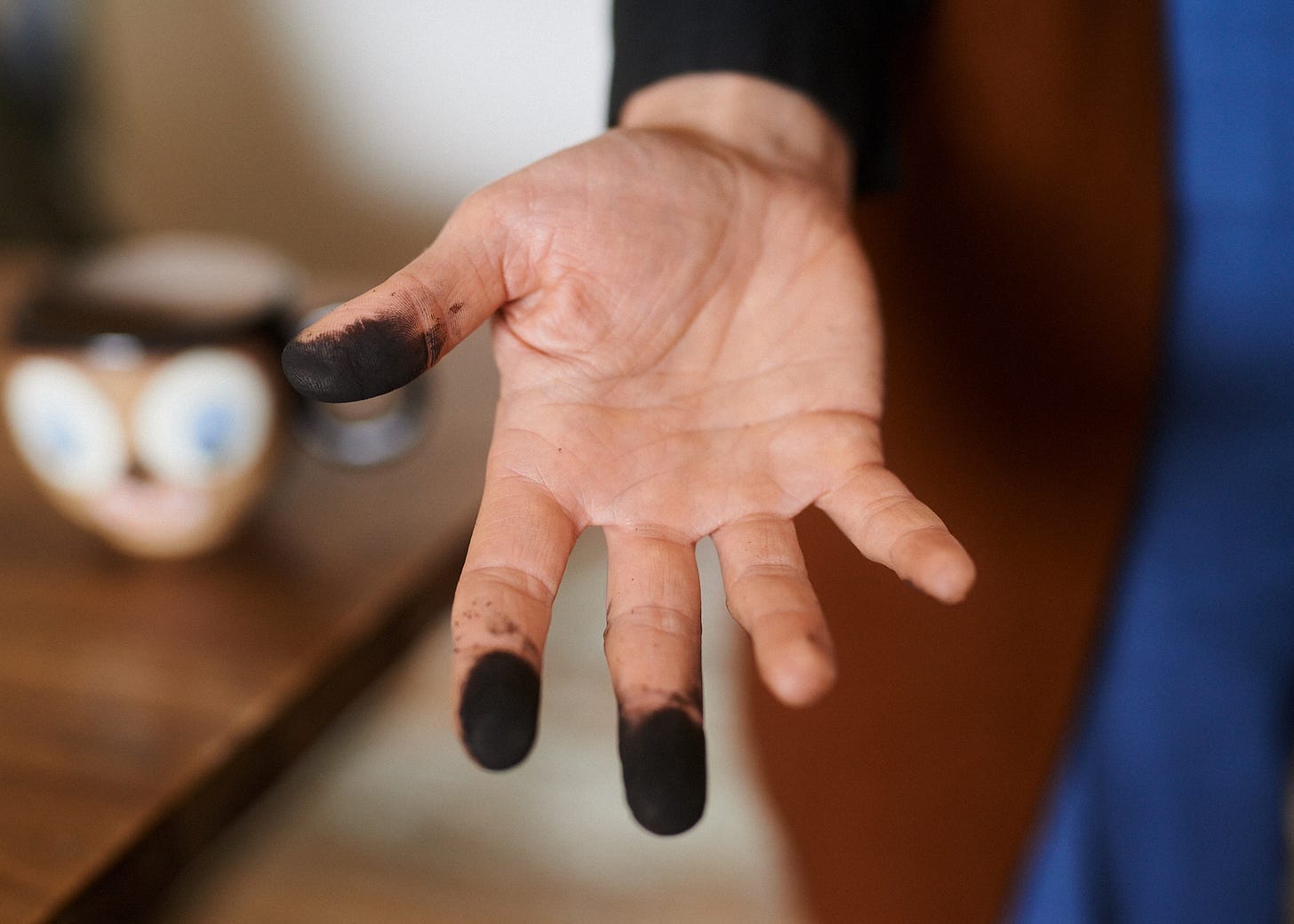Gosia Machon
Mepaintsme spoke with the artist to discuss being an artist in Hamburg, the language of drawing, and the sounds in her art.
Gosia Machon's figurative abstract paintings and drawings are created with intuitive processes and are driven by an inner archive. Her work draws from unconscious, autobiographical and collective experiences and memories. It repeatedly revolves around the longing for untouched nature. This nature can be a biotope or a plant, and refers equally to the unfathomable meanders of our human psyche and body – the piece of wilderness within ourselves.
Mepaintsme: You now live and work in Hamburg, which I don’t typically associate with the arts. Are there many other artists working there?
Gosia Machon: I moved to Hamburg about 20 years ago because I wanted to study illustration and Hamburg houses the best German school for that. After graduation, I never entered the field of commercial illustration, but did apply much of what I learned to my artistic practice: the wide poetic and subjective language of images, making books, collaborations…
MPM: Is it a vibrant scene?
GM: The art scene here isn't really big compared to other German cities, but it's big enough — I don't manage to see most of the exhibitions, performances and concerts that take place here every day. It’s a green city with a lot of water and parks, and everything changes very slowly (compared to Berlin, for example). What I really enjoy here is that I don't feel much pressure from the outside (or, perhaps, am able to consciously avoid it).
MPM: Your compositions seem to stem directly from the drawing process. Was drawing always central to your work?
GM: I started drawing before I could actually speak properly, which had to do with my migration history. In early childhood, my family moved to many unfamiliar places where other languages or dialects were spoken. Drawing became my most important and daily means of expression, and still is today. In primary school, I had an idiosyncratic way of expressing myself through drawing, which the teachers punished with bad grades. But my parents, both architects with a free spirit, always defended and supported me, which was my great luck. Of course, at this young age, I wasn't interested in whether or not it was art — it was more of an inner necessity to paint, something very personal. I try to maintain this attitude to this day, even if painting has now become professional.
MPM: Did you have any other interests besides art?
GM: In my youth, I played electric guitar in several bands and also wrote songs. I was politically active (anti-fascist, feminist and ecological movements). I also learned to build furniture, to weld and to forge, to cook in restaurants, to build websites, to climb mountains… I am still interested in almost everything! But I try to keep it simple these days — more reduced and focused: I paint, I teach and I take care of and spend time with my family and friends. I also try to be in nature as often as possible. It’s the relationship between of all these things that is certainly my greatest area of interest — what it means to be human: our psyche, our essence, our nature, our interconnectedness in the world.
MPM: In your work, it feels like your primary subjects are natural forms, but somehow reinterpreted from memory or dreams. How would you describe your paintings and your approach?
GM: It's true, the subjects and forms are invented, and of course every invention draws from my inner archive of countless collected images and sensations that reside in deep inner layers. When I look out into the world, I realize that I know almost nothing. I know there is a tree, but what kind of being it is, how and why it exists, I don't know. This also applies when considering human beings, and of everything else. This intoxicating, beautiful and unbearable strangeness of the world occupies me in my artistic work. But I'm not looking for answers, I rather surrender to astonishment and to a certain humility. It is good to practice uncertainty. The process of creation is in a sense magical, and should remain so. There is no specific strategy, but there is a certain contemplative state and an obsessive creative urge to produce images that speak to me or that ask me something. Painting is like opening a door without knowing exactly what's behind it. For me, it is a never-ending source of desire, curiosity, and also longing.
MPM: Your work is very painterly, yet maintains a strong graphic sensibility. I’m curious as to your influences. Are there particular artists that have had an impact on your work?
GM: I think I get the most inspiration from popular ethnic folk traditions, ancient pieces of art and culture, and so-called outsider artists (like Séraphine Louis, Anna Zemánková, Niko Pirosmani…). I am attracted to the pure, honest, essential and fundamental. Images that describe mental states and conditions and not facts. I also love the emotional profundity of Louise Bourgeois, the elegant melancholy of Karin Mama Andersson, the playfulness of Paul Klee, the tenderness of Norbert Schwontkowsky, and so many more. In my paintings, I try to use the graphic elements to create a calm, a clarity and simplicity, because I perhaps miss that in real life, which can be so chaotic. And the abstraction, which in my paintings is often formed by graphic elements, can stimulate our imagination. A shape that looks like a shadow can be anyone or anything. It’s an unoccupied space which can be filled with a wide veriety of memories and sensations. I wonder if this is how paintings communicate – ambivalent, poetic and suggestive.
MPM: Are there any other creative forms outside of art, like writing or music, that guide you in your practice?
GM: In the studio, I concentrate on my work in a quiet, focused way. I try not to let in outside stimulation or influences. But of course I am full of unconscious impressions. Who we are and what we do derives from the entirety of the environment and the world, and I can’t see myself outside of this. Perhaps I look for musicality in the paintings themselves. Painting should have a sound — it can be melodic or disturbing, quiet or loud — but you must feel a timbre inside, a crunching, sighing, giggling, humming. In recent years, I have repeatedly formed or joined artist groups with others for limited periods of time to create works together. We have all learned a lot from each other and this has had a great influence on all of our work. As I used to be in bands, I missed the light-heartedness, joy and openness that comes from creating together.
MPM: What podcasts are you currently listening to? What are you currently reading?
GM: I don’t listen to podcasts — too much informations exhausts me. I’m currently reading the Books of Jacob by Olga Tokarczuk, currently my most favorite writer.
MPM: What are you listening to these days?
GM: I just listened to Museum of no art, an excellent musician from Hamburg. Here are some other things that are currently on my playlist:
Gosia Machon / current playlist
Gosia Machon’s work is currently on view in the group exhibition Disparate Visionsat Jack Hanley Gallery in NYC @jackhanleygallery.
GOSIA MACHON has original works available at MEPAINTSME.COM
Subscribe to receive free weekly artist interviews:









